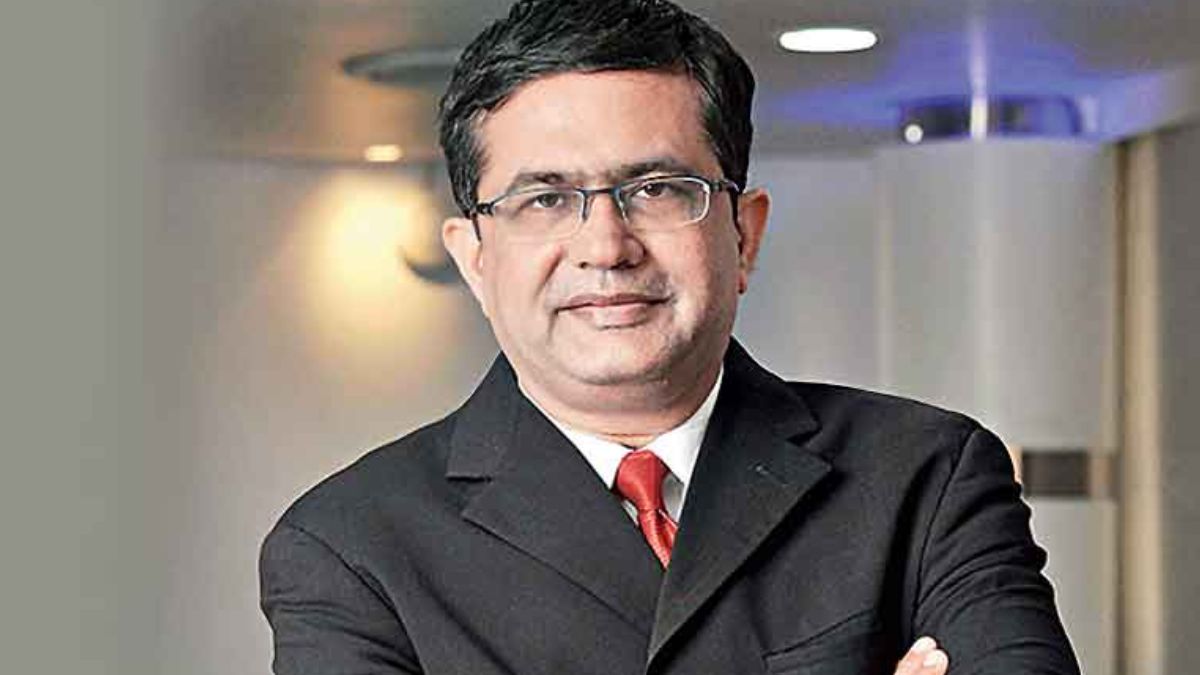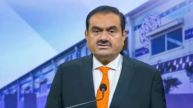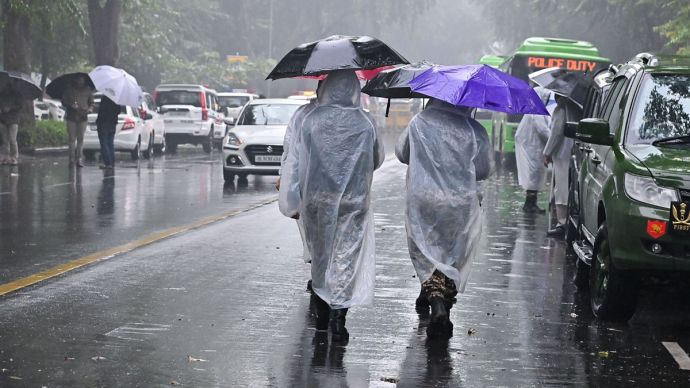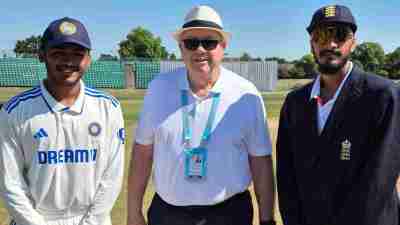Ashish Chauhan, MD & CEO, NSE, said that in the wake of the barbaric terror attack in Pahalgam, National Stock Exchange (NSE) pledged Rs 1 crore to support affected families, translating to approximately Rs 4 lakh per family. He said that this is aimed at providing immediate relief, especially as many of the deceased were primary breadwinners for their respective families. He said that this is a responsible act expected from any conscientious Indian organisation. While acknowledging its role as modest role, the exchange emphasized the importance of broader societal action to rebuild lives and prevent such tragedies in the future.
Chauhan said, “While the probability of such tragedies can never be reduced to zero, we must strive to bring it down as much as possible. When we look back, we find that the context and responses in the past were quite different. Today, the scenario has evolved significantly, and I would give considerable credit to Prime Minister Narendra Modi and his team. Over the past 10 to 11 years, they have succeeded in creating a strong international presence for India, and the country’s economic growth under his leadership has been remarkable.” He further said that due to PM Modi, India’s voice is now more prominent on the world stage than ever before.
Talking on the future of global trade and tariff wars, Chauhan said, “I look at history to understand today’s tariff wars. After World War II, the Bretton Woods system led to institutions like the World Bank and the IMF. America became the global leader not during but after the war because it had prepared itself since the 1920s and 1930s. With its diversity, size, and innovation, including the atom bomb, it took charge. The US replaced Britain’s pound with the dollar (still gold-backed) and helped rebuild Germany and Japan post-war, giving them favourable access to Western markets. Since both outsourced their security to the US, they posed no threat. But when Japan rose economically in the 1980s, the West imposed tariffs to curb its exports. Even today, Japan’s Nikkei hasn’t touched its 1986 peak. This shows how emerging powers face resistance.”
He remarked, “Similarly, the US supported China from the 1970s to isolate the USSR, Kissinger’s 1971 visit laid the path. China was then inward-looking, but wanted to learn Western science after historical humiliations like the Opium War. Over 45 years, global companies invested heavily, and China now accounts for 35–40% of global industrial production. India’s industrial growth couldn’t match it because the West favoured China’s rise. But now, that same liberal global order is collapsing. America’s rich post-WWII gave generously, created the WTO, the WHO, UN, and tied itself to global rules. But after 40 years, it feels poorer, overburdened with $36 trillion in debt and $100 trillion in social liabilities, largely due to promises made when jobs were offshored. That anger gave rise to leaders like Trump, and even if it wasn’t him, someone similar would’ve emerged.”
“I believe geopolitics eats economics for breakfast,” stressed Chauhan, adding, “Countries act not just economically, but strategically. China’s rise is now seen as a military threat too, with disputes from India to the Philippines. At the same time, its economy is weakening due to demographic decline, over-leveraged banks (350–400% of GDP), and unproductive infrastructure. In contrast, India’s banking system accounts for only 60% of its GDP. Meanwhile, Europe is leaning more towards the left; the US remains right-leaning, so differences may emerge not economically, but ideologically. Still, they are culturally aligned. We are entering a multipolar world.”
He said, “India, now the fourth-largest economy, is finally at the table. We weren’t there in 1945, 1972, or even 1991. Today, thanks to technology, demographics, and growing production capacity, we are. For 1,000 years, we were out of the tech race; now, for the first time, we are in it. Even if we didn’t create foundational models like Unix or Python, we are the best users and run global systems from India. Our young population adapts fast. That’s our edge. This is also the best administration I’ve seen aware of constraints, but also willing to act. India’s global image, non-aggressive, tech-savvy, and trustworthy, has been amplified by our diaspora, who act as ideal ambassadors. They’ve helped build a new narrative of India, rooted in credibility and performance.”
Talking about share market volatility, the NSE MD said that investment is necessarily about anticipating the future, and people invest in the hope of returns. He said that some individuals do investments regularly, while a few rely on experts, but in the end, it’s about anticipating the future accurately.
He said, “The main question is: which country looks poised for higher growth? India’s per capita income is around $3,000, compared to China’s $18,000 and the US’s $65,000. That gap creates a labour arbitrage opportunity. With telecom and IT connectivity, services can now be delivered from India at a fraction of the cost, without physically relocating. I believe technology comes in waves—industrial, information, and now AI. Each wave is faster and creates more wealth. The Industrial Revolution created more wealth than the previous 10,000 years. My view is that the next 50 years will create even more wealth than the last 10,000 years combined, and India will be central to that due to its technological capabilities, young population, and low base.”
Chauhan highlighted a shift from physical to virtual wealth in the global economy, with digital sectors like software and biotech gaining prominence. He said that India, with its strong tech skills and large youth population (20% of the world’s youth), is well-positioned to generate 25–30% of new global wealth. He highlighted that the US and China, despite being big economies, are facing severe economic challenges. “So India is in a sweet spot. But investors must learn to focus on signals, not noise,” said Chauhan, adding, “Today, despite geopolitical tensions, Indian markets are up. Foreign investors, who exited earlier, have now started returning. The smart investor is the one who can see through the noise and act on the real signal.”
Also Read: How Much Impact Could India’s ‘No’ At The IMF Have On Pakistan’s Bailout Lifeline?












